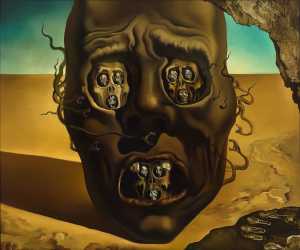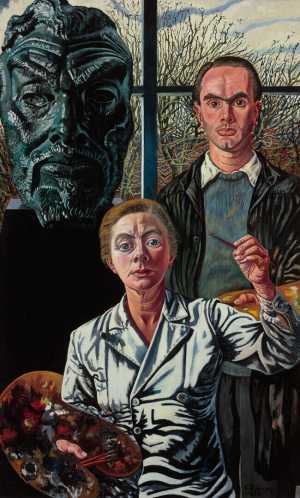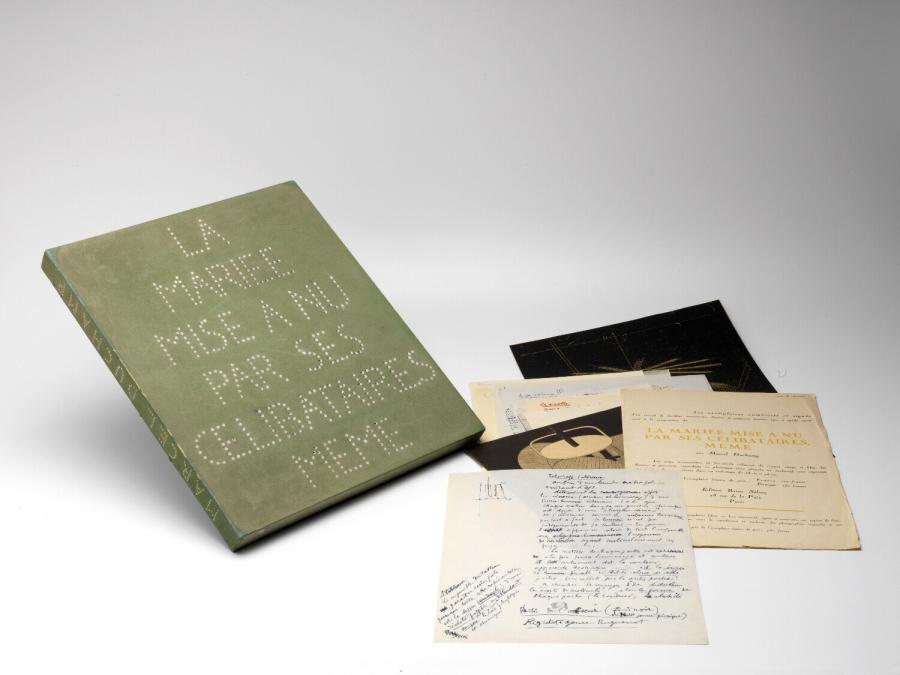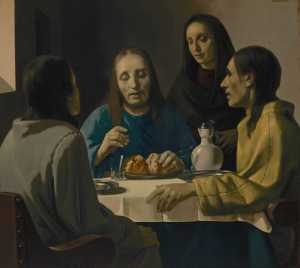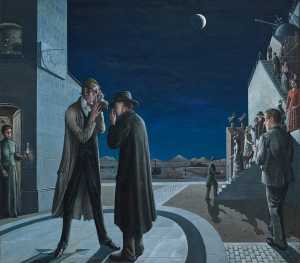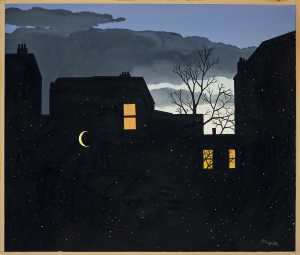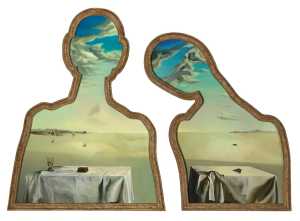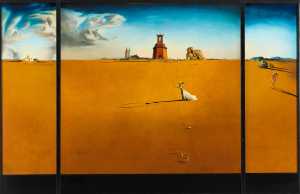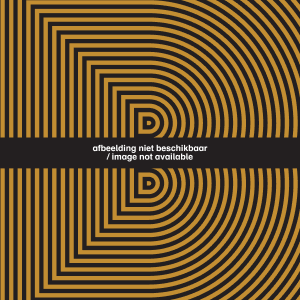Specifications
| Title | La mariée mise à nu par ses célibataires, même (La boîte verte) |
|---|---|
| Material and technique | Letter press, offset, felt and cardboard |
| Object type |
Facsimile
> Reproduction
> Derived object
> Art object
|
| Location | This object is in storage |
| Dimensions |
Width 28,2 cm Height 33,4 cm Depth 2,6 cm |
|---|---|
| Artists |
Artist:
Marcel Duchamp
Publisher: Editions Rrose Sélavy |
| Accession number | MB 1990/2 1-15 (MK) |
| Credits | Purchase Stichting Fonds Willem van Rede. On permanent loan from the Cultural Heritage Agency of the Netherlands, 1990 |
| Department | Modern Art |
| Acquisition date | 1990 |
| Creation date | in 1934 |
| Collector | Collector / W. van Rede |
| Provenance | Tristan Tzara, Paris 1954; Kent Fine Art Inc., New York 1990 |
| Exhibitions | Amsterdam 1938*; Pasadena 1963; London 1966; Philadelphia/New York/Chicago 1973-74; Rotterdam 1996a; Rotterdam 1998a; London/Rotterdam/Bilbao 2007-2008; Rotterdam 2013-14b; Rotterdam 2017a |
| External exhibitions |
Dalí, Magritte, Man Ray and Surrealism. Highlights from Museum Boijmans Van Beuningen (2023) Only the Marvelous is Beautiful (2022) A Surreal Shock. Masterpieces from Museum Boijmans Van Beuningen (2023) Surrealist Art - Masterpieces from Museum Boijmans Van Beuningen (2021) A Surreal Shock – Masterpieces from Museum Boijmans Van Beuningen (2021) |
| Research |
Show research A dream collection - Surrealism in Museum Boijmans Van Beuningen |
| Literature | Hamilton/Duchamp 1960; New York/Philadelphia 1973, p. 303, cat. no. 155; Bonk 1989, pp. 198-201; Cabanne 1991, pp. 47-51; Castleman 1994, p. 140, fig. 78; De Jonge 1995, p. 51; Tomkins 1997, p. 537; Dalrymple 1998, pp. 368-74; Duchamp/Buwalda 1998, pp. 14-93; Naumann 1999, pp. 111-19; New York 1999, pp. 113-17; Schwarz 2000, pp. 723-24, cat. no. 435; Von Berswordt-Wallrabe 2003, 102-05; Rotterdam 2017, p. 334 |
| Material | |
| Object | |
| Technique |
Offset print
> Mechanical
> Planographic printing
> Printing technique
> Technique
> Material and technique
Letterpress
> Manual
> Relief printing techniques
> Printing technique
> Technique
> Material and technique
|
| Geographical origin | France > Western Europe > Europe |
Do you have corrections or additional information about this work? Please, send us a message



